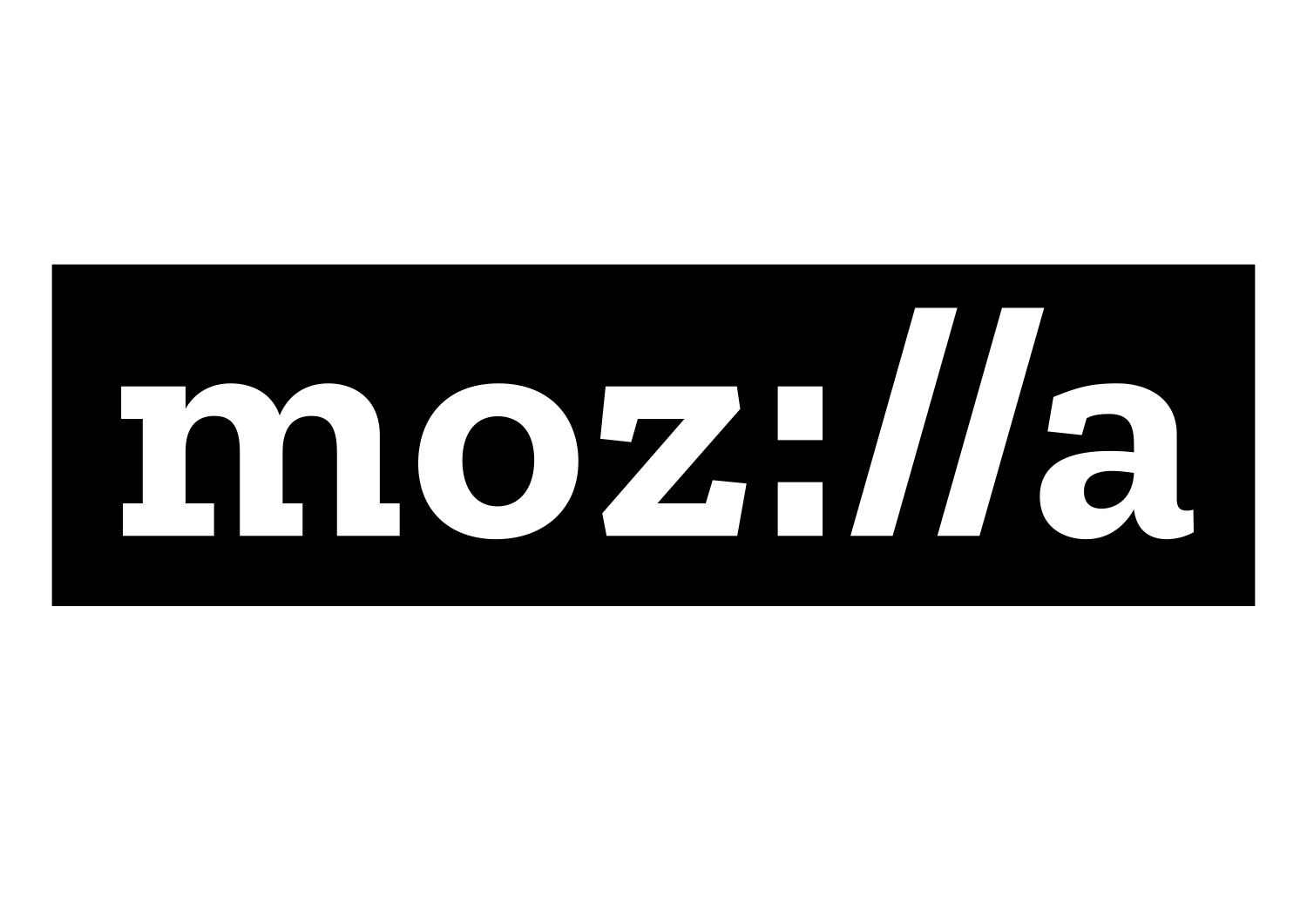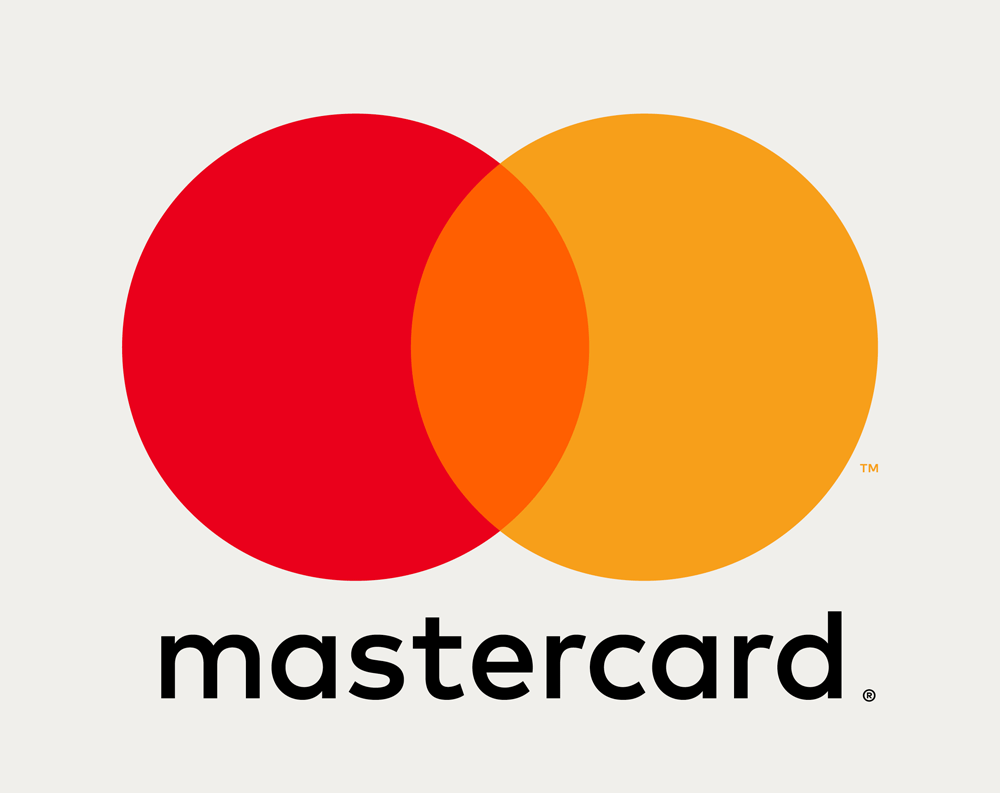Have you settled on a logo for your startup yet? That decision seems like a small one — a quick thing to simply check off the to-do list! — but it’s actually a pretty big undertaking. Startup logos, while often tiny, can make a huge impact on the success or failure of your company. That one tiny little image will be used everywhere — from iPhone tiles to your letterhead to packaging for physical products to swag. With that much real estate, a bad logo can do some serious damage.
But, how do you know what a bad startup logo looks like? Surely logo design is at least a little bit subjective! Perhaps, like the famous Supreme Court justice quote about pornography, you know it when you see it. However, even within the spectrum of subjectivity, there are some that fall firmly on “terrible” side and some that fall firmly on the “great” side.
There’s also the issue of startup founders trying to bootstrap everything, which I get. I really do! But, startup logo design is one of those things that you really should find a budget for, or risk ending up on the “ugly” list.
With all of that in mind, we enlisted the help of four logo designers to call out the good, bad, and ugly logos of 2017.
Here’s our expert panel:
Carolina Correa, Brand Designer and Logo Expert
The Good
Because we like to keep things positive over here at Startups.co, we’re going to start with the good logos. Now, mind you, these aren’t all startup logos — in fact, most of them aren’t — but there’s no harm in learning from the corporate world, sometimes! A good logo is a good logo, so founders looking to create startup logos can absolutely take some pro tips from these folks.
1. Mozilla

“Mozilla partnered with a design consultancy and used crowd sourced design in developing their most recent iteration of their logo. Not only is this logo successful from a mere aesthetic viewpoint, but it also does much more; it tells a story.
One of the most relevant quotes that has stuck with me about branding is from Intuit’s co-Founder, Scott Cook. He says, “a brand is no longer what we tell the consumer it is – it is what consumers tell each other it is.” Rather than viewing this as an obstacle, Mozilla embraced this reality and allowed its users to directly engage with the rebranding process.
Because Mozilla is a company that provides Internet services, it makes sense that they would use the Internet to create their logo. The logo, then, transforms from an arbitrary mark to a symbol with a narrative resonant with the age of the Internet.”
-David Good
2. One: Lifestyle and Men’s Fashion

“This startup logo exemplifies simplicity and an amazing use of negative space. Not only is it easy to read, regardless of whether you first see the word “one” or the number, but it’s also easily reproducible across a wide variety of media, since it’s black and white.”
-Ashley Christie
3. Mastercard

“Mastercard re-designed their logo this year and, in my honest opinion, they did a great job. They simplified the shapes, utilized a third color, and introduced an entirely new typeface for their brand name.”
-Ashley Christie
4. Instagram

“Gradients are trendy these days. Although this logo was redesigned in 2016, it’s still very relevant to what’s going on right now.”
-Carolina Correa
5. San Francisco CIVIC Symphony

“Broken letters are a 2017 trend that I really like that can be applied to startup logos.”
-Carolina Correa
6. Re/max

“Love the redesign — the new concept has so much more clarity. It’s easier to read and still recognizable. That’s a good tip for redesigning startup logos: Keep with the brand, but make it clearer.”
-Carolina Correa
7. Paracosm

“We really like the fun, playful style of Parcosm’s ‘space bird’ because of the playful aspect that this company lives by. Using mascots in identities can represent your company’s culture and essentially become your ambassadors! Sporting mascots at events come to mind and great for getting audiences involved and is completely fine to use them within your identity if you feel your brand reflects these playful styles. “
-David Carter
8. Quanergy Systems

“Here we see an abstract mark being used and is different than a recognizable image such as a shell used for Shell or a tongue sticking out for Rolling Stones. But why should you use them?
Well, abstract logos work so well because they condense your brand into a single image. You’re not held accountable for the image you choose because you can create shapes that are truly unique to your brand. Through color and form, you can illustrate feelings and values of your brand and it’s also a great device to be used across social media.
A few famous examples of other logos with shapes are Microsofts 4 squares and Dominoes two Domino faces.”
-David Carter
9. Minio

“Here we see Minio using a combination mark. Basically, it says what it does on the tin — a logo comprised of a bounded wordmark or lettermark and a pictorial mark, abstract mark, or mascot.
We see brands such as Doritos, Burger King and Lacoste using combination marks and it’s great for startup logos because it’s a versatile choice. Minio have the choice to break up the brand and only use the image or the text. The goal of these brands is that people associate your name with your pictorial mark or mascot right away!”
-David Carter
The Bad
Some logos — and even more startup logos — aren’t terrible, but they certainly aren’t good, either. The following examples fall under that category: Never going to win an award, but probably weren’t worth the money theses companies undoubtedly invested in them. They’re a good lesson in what to avoid when creating your own startup logos.
10. Bodega

“If there’s anything Americans can take pride in, it is their ability to flagrantly appropriate other cultures and displace minorities all in the spirit of ‘entrepreneurship.’ This time it stems from Silicon Valley by two former employees of a small, not-so-well-known company called Google.
Paul McDonald & Ashwath Rajan recently launched their company Bodega, which essentially is meant to replace the convenience store. Bodega offers a vending machine-like box that has a variety of everyday knickknacks, from pens to laundry detergent. Though this service may seem fiscally lucrative, Bodega highlights the problematic epidemic called ‘irresponsible design.’
‘Irresponsible design’ more or less is when an individual or institution fails to recognize the larger consequences of their actions. Design and the role of a designer is largely and rapidly transforming; design is no longer about merely creating a logo, but rather considering how a system operates and how that system affects the wellbeing of society and, ultimately, humanity.
For example, one could argue that Apple is guilty of ‘irresponsible design’ because in many of their factories, they overwork and underpay their employees, which then has a whole slew of negative outcomes. Bodega becomes hot and center of irresponsible design because it 1) seeks to replace many immigrant-owned and operated businesses 2) makes light of it by literally naming their company ‘Bodega’ and 3) really drives it home by mockingly using a cat (a common sort of tradition in bodegas) as their logo. Maybe next time the founders of Bodega come up with their next ‘innovative tech startup’ venture, they should try Googling words such as ‘cultural sensitivity,’ ‘gentrification,’ and ‘one way tickets out of here.’”
-David Good
11. Subway

“In 2016, Subway released a new, overwhelmingly unoriginal, uninspired logo. It pairs what some might call a ‘modern’ sans serif, majuscule (fancy design term for uppercase) typeface with its signature (albeit newly subdued) green and yellow color scheme.
If you have ever seen RuPaul’s Drag Race, you’ll know that during elimination, RuPaul separates the top and bottom three contestants from the contestants that are safe. RuPaul warns the Queens who are in the ‘safe’ category that ‘“safe” is not a word I associate with America’s Next Drag Superstar.’ If Subway’s new logo was on Drag Race, it would be among these contestants. It is bad because it is boring. For a company whose tagline is ‘Eat Fresh,’ their logo is anything but fresh.”
-David Good
12. Microsoft

“It seems as though if a brand wants a new logo nowadays, they should ditch the designer and choose either a circle, a square, or a triangle. Microsoft, instead, chose to spend an egregious sum of money on a logo consisting of four squares that make up (drumroll, please) a larger square.
Although flat design can and does work in some cases, Microsoft’s new logo is nothing but a transparent, pathetic attempt to compete with Apple’s brilliant minimalist design, 15 years overdue. What is both equally interesting as it is sad is that Microsoft’s new logo has an actual modular function that I only know about from researching the rebrand extensively. The logo consistently uses those four squares in different orientations and perspectives for other Microsoft Brands, like Microsoft Windows and XBOX.”
-David Good
13. Flightning

“When I saw this logo for the first time, I was incredibly confused, since it’s closely reminiscent of the Facebook and Twitter logos. The color is the same as the Twitter logo and the typeface is
similar to (if not the same as) the typeface used in the Facebook icon now. Aside from the fact that this is not at all an original concept for a logo design, it’s also bulky, heavy, and the elements don’t seem at all connected. It’s almost uncomfortable to look at.”
-Ashley Christie
14. Criby’s

“The color palette chosen for this design is actually beautiful to me. It’s a clean design, however the problem here lies in the fact that the viewer has absolutely no idea what kind of company this logo is supposed to represent! They seemed to miss the mark in regards to accurately utilizing aspects about the company to guarantee a solid audience.”
-Ashley Christie
15. Biblioteca Nacional Mariano Moreno

“The new logo looks great, but it’s a completely different approach to the original. I’m not a fan when the redesign comes at a cost. They’ve lost brand equity from the old design.”
-Carolina Correa
The Ugly
And last and also least, we have the ugly logos of 2017. This is the category that startup logos, unfortunately, fall under a lot. So pay attention to these wise words, founders! You don’t want to see your company on this list someday.
16. BT

“BT, standing for British Telecom, recently finished a logo refresh. If a company wants to openly advertise how disconnected they are from their audience, then they should look to BT to help show them the way.
British Telecom has changed their logo four times in the past 30 years (immediate red flag) and their most recent is of the letters ‘BT’ in a sans serif typeface surrounded by the outline of a circle. The color palette is an unsatisfying blend of red, pink, blue, and green.
In design, we have this term called ‘inherent logic.’ ‘Inherent logic’ means that when anybody (particularly those from the target audience) looks at a piece of design, they should immediately get it. They should know at least what the brand is, what they represent, or some other aspect that is core to the brand. If this new logo had ‘inherent logic’ then without knowing anything about British Telecom, this logo should at least convey that this company does something that has to do with television or communications. Needless to say, it does neither of these. The only thing worse than an ugly logo or an ugly design, is an ugly logo or an ugly design that has no concept. BT, unfortunately, missed the mark with this one.”
-David Good
17. Look

“This design is unbalanced, too obvious, and honestly? It’s just plain boring. I feel as though so much more could have been done with this name and concept. Startups are unique and startup logos should be too.”
-Ashley Christie
18. Alpha 2017

“While hand drawn elements have been a popular design trend this year, I don’t think this concept is refined quite enough. It seems as though it was drawn by someone inexperienced, and I highly doubt that’s what the organizers of this event were looking to portray as the message behind their logo.”
-Ashley Christie
19. Comercial Mexicana

“Companies that have budgets should be ashamed when the result of a rebranding looks amateur. If the font looks familiar, it’s because it’s one of the most common fonts used in memes!”
-Carolina Correa
So there you have it — the good, the bad, and the ugly logos of 2017. This list is, of course, certainly not exhaustive but if you’re diving into your own startup logo design process, take note! You don’t want to end up on those second two lists, do you?
Find this article helpful?
This is just a small sample! Register to unlock our in-depth courses, hundreds of video courses, and a library of playbooks and articles to grow your startup fast. Let us Let us show you!
Submission confirms agreement to our Terms of Service and Privacy Policy.
Already a member? Login
No comments yet.
Start a Membership to join the discussion.
Already a member? Login
